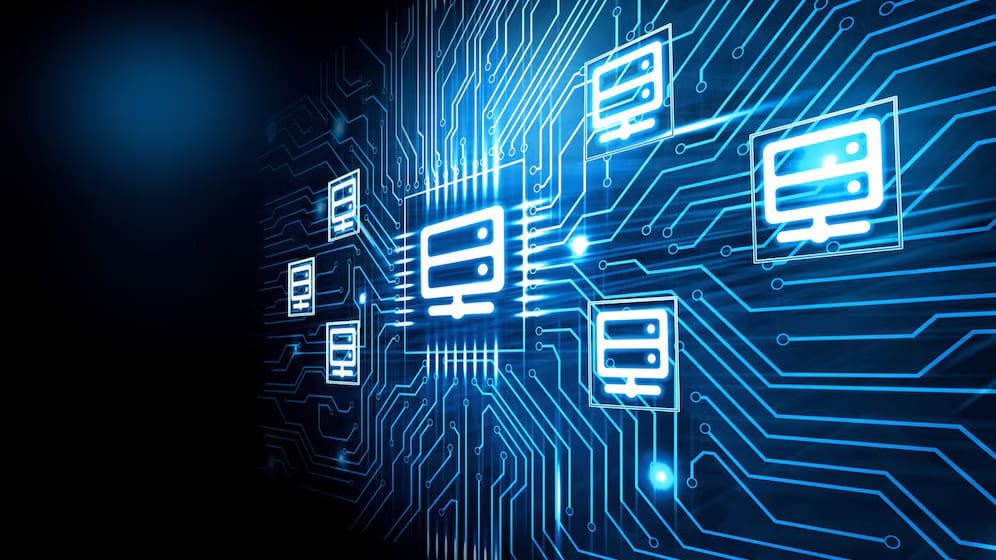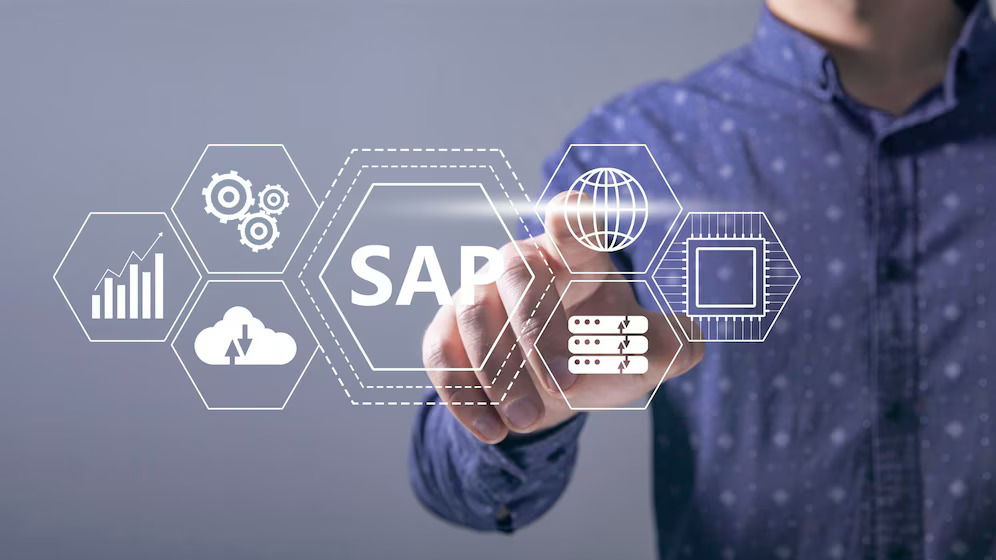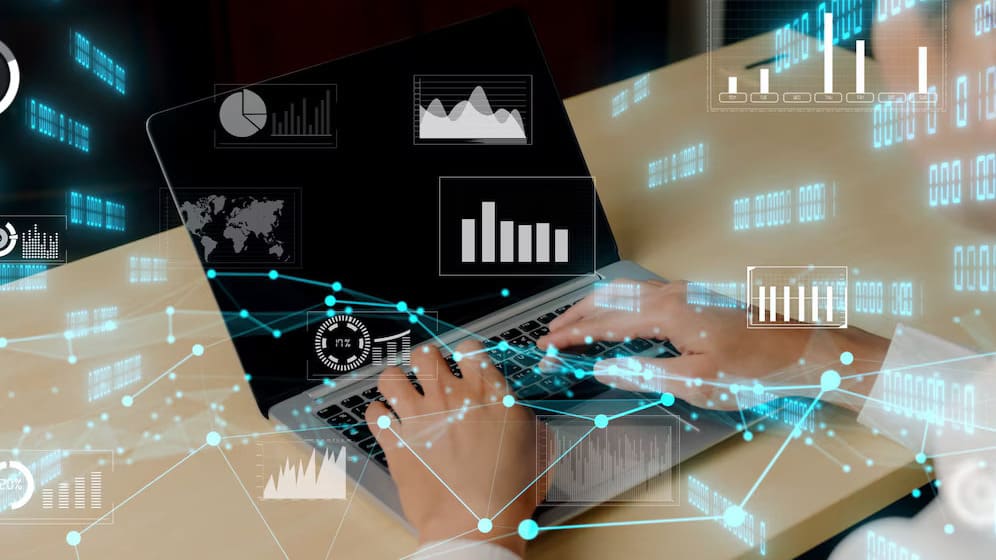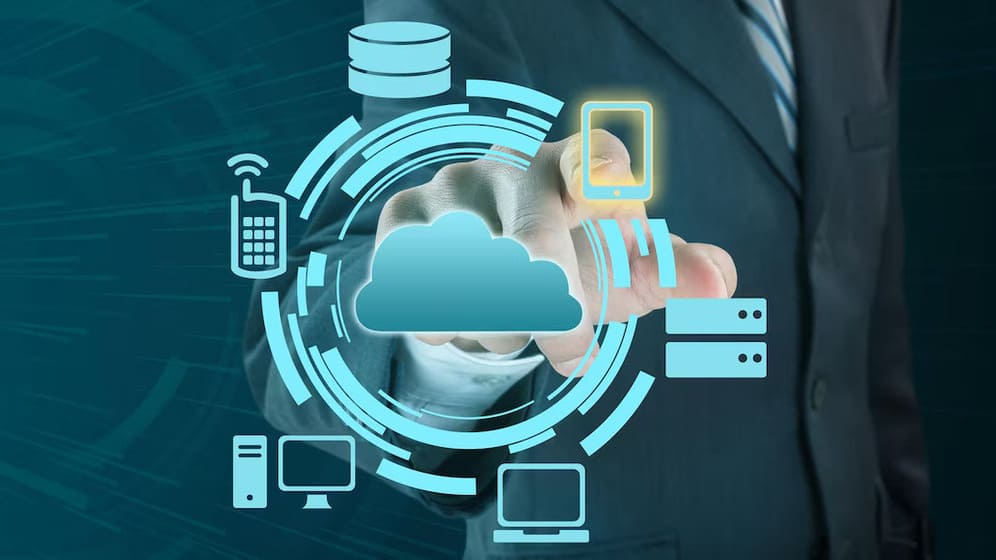
Unlocking Seamless Data Flow: Integration Scenarios with SAP Data Hub
In today’s data-driven landscape, organizations face a critical challenge: how to seamlessly connect disparate data sources, orchestrate complex workflows, and ensure data quality. Enter SAP Data Hub, a powerful platform designed to tackle these integration hurdles head-on. Whether you’re dealing with hybrid environments, real-time streaming, or machine learning integration, SAP Data Hub provides the tools you need to drive efficiency, agility, and informed decision-making.
In this comprehensive blog, we’ll explore the intricacies of SAP Data Hub’s integration capabilities. From bridging the gap between on-premises and cloud systems to enabling event-driven architectures and data enrichment pipelines, we’ll dive into real-world scenarios and practical use cases. So fasten your seatbelt as we embark on a journey through the heart of data integration!
- Hybrid Data Integration
SAP Data Hub acts as a bridge between on-premises and cloud data sources. You can create integration scenarios that involve both SAP and non-SAP systems. For example:
– Data Lake Integration: Connect your SAP HANA data lake with external data lakes (such as Hadoop or Amazon S3). Use SAP Data Hub pipelines to move, transform, and enrich data across these environments.
– Cloud-to-Cloud Integration: Integrate data from SAP S/4HANA Cloud with other cloud applications (like Salesforce or Workday). SAP Data Hub provides connectors and operators to facilitate seamless data flow.
- Real-Time Data Streaming
SAP Data Hub supports real-time data streaming scenarios. Here’s how you can leverage it:
– Event-Driven Architecture: Set up event-driven pipelines to react to changes in data. For instance, when a new order is placed in your e-commerce system, trigger actions in SAP Data Hub to update inventory or notify relevant teams.
– IoT Data Integration: Connect IoT devices and sensors to SAP Data Hub. Process incoming sensor data, apply business rules, and trigger actions based on thresholds or patterns.
- Data Governance and Compliance
Integration isn’t just about moving data; it’s also about ensuring data quality, security, and compliance. SAP Data Hub provides features for:
– Data Lineage: Track the journey of data from source to destination. Understand which transformations and processes were applied at each step.
– Data Masking and Anonymization: Protect sensitive data by applying masking techniques. Ensure compliance with privacy regulations (such as GDPR).
- Machine Learning Integration
SAP Data Hub seamlessly integrates with machine learning (ML) models. Consider these scenarios:
– Predictive Maintenance: Use ML models to predict equipment failures. Integrate these models into your data pipelines to trigger maintenance tasks automatically.
– Recommendation Engines: Combine customer data with ML-based recommendation algorithms. Provide personalized product recommendations in real time.
- Data Preparation and Enrichment
Before analysis, data often needs cleansing, enrichment, and transformation. SAP Data Hub offers tools for:
– Data Wrangling: Cleanse and shape data using visual tools. Handle missing values, outliers, and inconsistencies.
– Enrichment Pipelines: Combine data from various sources (internal and external) to create enriched datasets. For example, enrich customer profiles with social media data.
Conclusion
SAP Data Hub is a powerful platform for orchestrating data flows, integrating systems, and ensuring data quality. Whether you’re dealing with hybrid landscapes, real-time streaming, or ML integration, SAP Data Hub has you covered.









